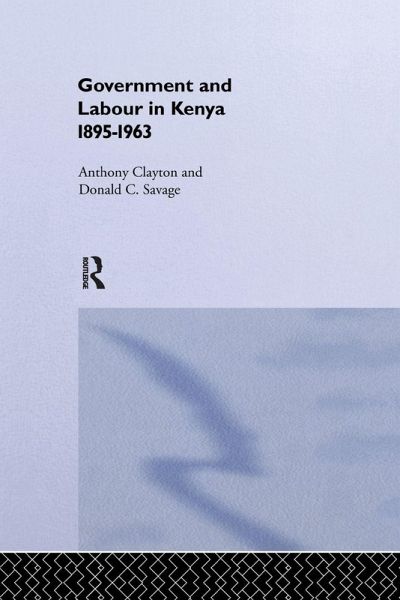
Government and Labour in Kenya 1895-1963
Versandkostenfrei!
Versandfertig in 1-2 Wochen
65,99 €
inkl. MwSt.
Weitere Ausgaben:

PAYBACK Punkte
33 °P sammeln!
Published in the year 1974, Government and Labour in Kenya is a valuable contribution to the field of History.




